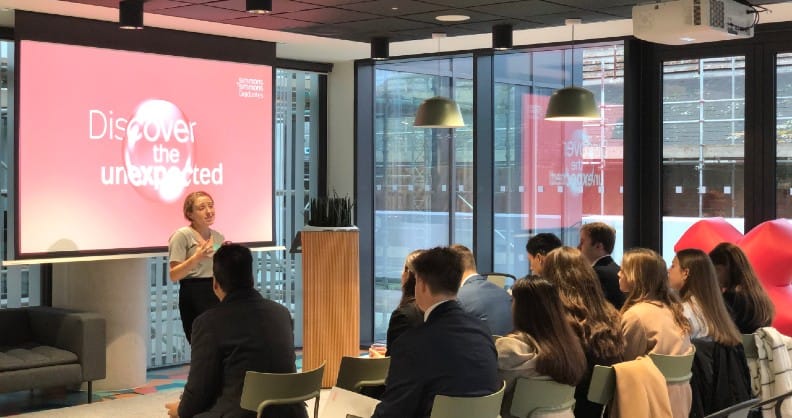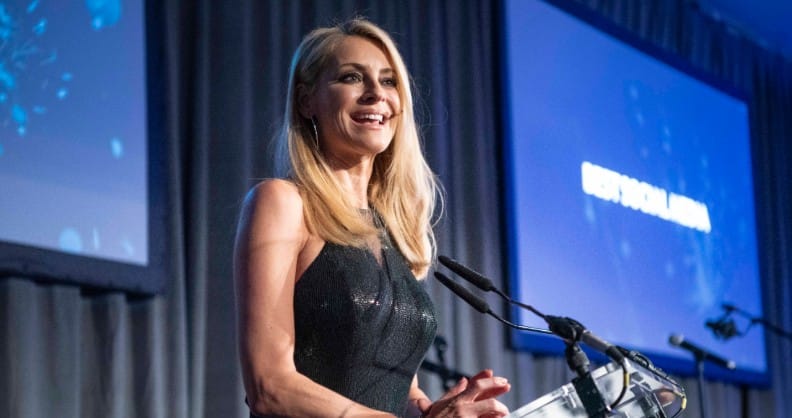Awareness & Attraction
Implementing a successful diversity & inclusion strategy

If you’re looking to create a diverse school leaver intake or increase the volume of applications from a specific background, it’s crucial to engage with the demographic on a number of levels. This isn’t easily done and requires a lot of time and effort.
Here, we walk you through a case study with one of our clients—Mazars—which won the Diversity and Inclusion Award in the School Leaver Awards 2019. Credited for its “wide and comprehensive approach to diversity and inclusion” by judge Nick Ellins, Mazars is a success story when it comes to diversity and inclusion at the school-leaver stage. You too can emulate their success.
Attraction & engagement
Before you begin the process of engaging with diverse demographics, you need to understand what diversity truly means to your candidates and its importance in their lives.
“As a firm, we acknowledge that people identify in multiple different ways,” says Mazars. “That translates into us targeting on all aspects of diversity, including gender, ethnicity, social background and sexuality.”
Understanding that diversity isn’t just a buzzword is key—it concerns some of the deepest aspects of candidates’ personal lives.
Part of Mazars’ success comes from its ability to “ensure its student intake each year is representative of the local communities” in which it operates, and that it makes opportunities available for “students who wouldn’t otherwise have the same prospects”.
The easiest way to target various communities is by using adverts and emails on social media. Within our email database of more than 37,000 school leavers and social-media following of almost 10,000 users, we’re able to reach these demographics on your behalf, ensuring that your opportunities are reaching as diverse a range of candidates as possible.
Online targeted messaging is a start, but it’s not enough. You need to build up a relationship of trust with diverse demographics. Mazars’ Access Accountancy Work insight week has supported over 60 students from socially disadvantaged and diverse backgrounds through developing business awareness, with 15% of attendees converting to higher apprenticeships.
Face-to-face events are an effective way to generate interest within a specific group—one example being “Girls: Count Us In”, our event with the Institute and Faculty of Actuaries. It aimed to inform female school leavers about opportunities within the actuarial profession, giving them the confidence and information needed to apply for opportunities.
During the assessment process
It’s important to bear in mind that different demographics will have different requirements throughout the application process. Making the necessary adjustments so your programme is as accessible as possible will reduce candidate drop-off rate.
“After analysing our 2017/18 intake, we noticed that there was some adverse impact on students from state schools who were taking our online verbal and numerical-reasoning assessments,” says Mazars. “Research from the Bridge Group also showed that this is an area where socially disadvantaged students struggled in comparison to their peers.”
In response, Mazars introduced a new “consider” category, enabling them to look at the results of each test alongside the student’s application before making a decision. It was a change for which two of the three judges for the School Leaver Awards 2019 had high praise.
In addition, Mazars offers application mentoring at the selection process, at which point trainees mentor candidates before assessment centres, providing “advice, encouragement and support”. Feedback has been highly positive for this, “particularly for students who otherwise wouldn’t have had the preparation and support in school on these skills”.
It’s important that engagement does not stop once students apply for opportunities—if anything, it’s in the crucial period between application form and assessment centre when engagement and support should be most tailored.
Progressing things internally
It’s one thing to recruit a diverse range of school leavers, but another entirely to support them adequately once they enter the workforce. That’s where inclusion comes into play. Whether it’s via mentor schemes that put them in touch with diverse role models, access to diversity and inclusion networks for different ethnicities, religions, sexualities and disabilities, or events that regularly celebrate diversity within the firm, your efforts cannot stop once your intake begins to look more diverse.
If candidates see that they will be joining an inclusive workforce, they will be more likely to apply—so you should keep school leavers informed of what goes on at your firm.
“In 2018 we launched our #WeAreMazars campaign on our blog and social media, featuring interviews with some of the inspiring diverse talent who work for Mazars UK.” This kind of visibility is highly attractive to candidates from a diverse range of backgrounds: “Students attending our assessment centres have said how influential this campaign has been on making their decision to apply to Mazars.”
There’s no one-size-fits-all approach to engaging with a diverse range of candidates. From the efforts you go to online, to the bespoke face-to-face events you create to reach different communities, all the way up to the internal groups and mentorship schemes you have in place, you need to cover every base. If you’re wondering where to start, give us a shout below.
Read next










